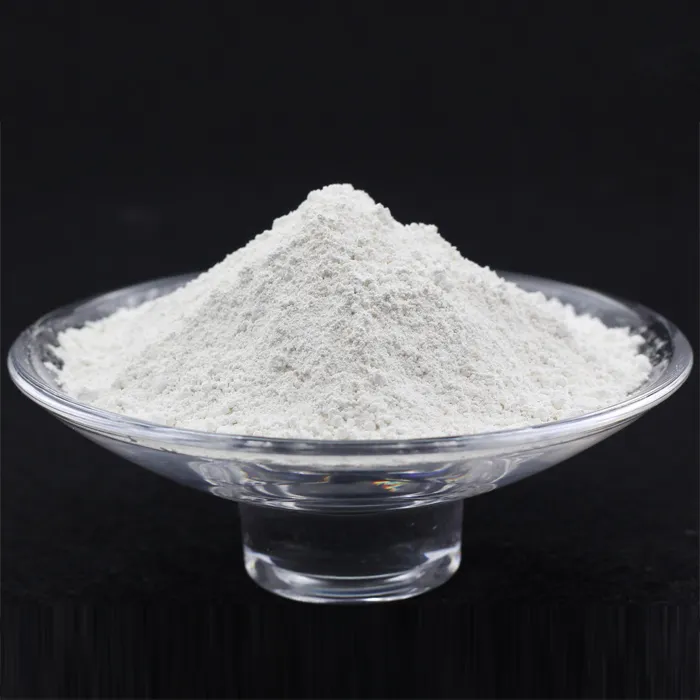Physico-Chemical Treatment of Wastewater An Overview
Wastewater management is a critical environmental challenge faced by societies worldwide. As urbanization and industrial activities increase, so does the volume and complexity of wastewater produced. To address this issue efficiently, various treatment methods have been developed, among which physico-chemical treatment stands out due to its effectiveness and versatility. This article will explore the principles, processes, advantages, and limitations of physico-chemical treatment of wastewater.
Principles of Physico-Chemical Treatment
Physico-chemical treatment involves the use of physical and chemical processes to remove contaminants from wastewater. The primary goal is to achieve a reduction in pollutants such as suspended solids, oils, fats, heavy metals, and organic compounds. This method relies on the interaction between physical processes (such as sedimentation and filtration) and chemical reactions (like precipitation and coagulation).
Processes Involved
1. Coagulation and Flocculation In this initial stage, chemicals known as coagulants (e.g., alum or ferric chloride) are added to the wastewater. These chemicals neutralize the charges on colloidal particles, causing them to aggregate into larger particles, or flocs. This is followed by flocculation, wherein gentle mixing promotes the formation of larger aggregates that can be easily removed.
2. Sedimentation After coagulation and flocculation, the mixture is allowed to sit in a sedimentation tank. This process relies on gravity to separate the solid flocs from the liquid, allowing for the collection of settled sludge at the bottom of the tank.
3. Filtration The effluent from the sedimentation tank still contains fine suspended solids. Filtration processes, which can utilize sand, activated carbon, or membrane technology, help to remove these small particles. This step enhances the clarity and quality of the treated water.
4. Chemical Precipitation In cases of heavy metal contamination or the presence of specific pollutants, chemical precipitation can be employed. In this process, chemicals are added to the wastewater to form insoluble compounds that can be removed as sludge.
5. Oxidation Chemical oxidants (e.g., chlorine, ozone, or hydrogen peroxide) can be added to break down organic pollutants or pathogens in the wastewater. This treatment step is essential for ensuring that the effluent meets health and safety standards before discharge or reuse.
Advantages of Physico-Chemical Treatment
physico chemical treatment of wastewater

The physico-chemical treatment of wastewater offers several advantages
- Efficiency This method is highly effective in removing a wide range of contaminants, providing a significant reduction in the pollutant load
. - Speed Physico-chemical processes are generally faster than biological treatments, making them suitable for emergency treatments or for addressing sudden increases in wastewater volume.- Compactness Physico-chemical treatment systems can be more compact than biological systems, requiring less space which is beneficial for urban settings.
- Simplicity Many physico-chemical processes are relatively straightforward to operate, requiring less technical expertise compared to biological systems.
Limitations
Despite its advantages, physico-chemical treatment has some limitations
- Chemical Usage The reliance on various chemicals can lead to increased operational costs and potential issues related to chemical handling and disposal.
- Secondary Pollution Some treatment processes may generate secondary pollutants, which need to be managed appropriately.
- Limited Removal of Biological Contaminants While physical and chemical methods are effective for many pollutants, they may not adequately address biological contaminants, necessitating additional treatment steps.
Conclusion
Physico-chemical treatment is a vital component of modern wastewater management strategies. This approach combines various physical and chemical methods to effectively remove harmful pollutants from wastewater. While it boasts several advantages, including efficiency and rapid processing, it also presents challenges that must be managed carefully. As water scarcity and pollution concerns continue to escalate globally, the development and optimization of physico-chemical treatment technologies will be crucial for sustainable water management practices.

